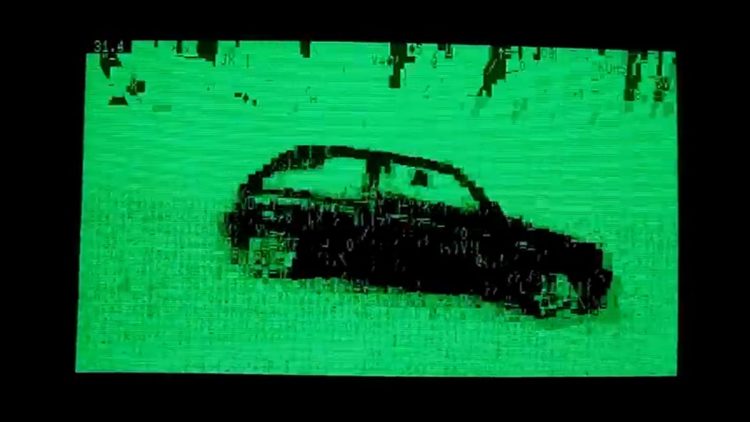Some of the best hacks don’t solve any real world problems or reinvent the wheel. They’re usually nothing more than an exercise in trying to make something work that is either seemingly impossible or pointless: such as getting YouTube to work on a 40-year-old computer with a hideously outdated display.
Although best known for the incredibly popular Commodore 64 8-bit computer that would go on to sell well over 12 million units around the world, Commodore was actually founded in 1958, long before the C64 arrived, and was partly responsible for the personal computer revolution in the late ‘70s and early ‘80s. In 1977, Commodore released the PET computer (named in an attempt to make computers feel like part of the family and less intimidating) which looks laughably outdated now but sold for well over $3,500 when introduced 45 years ago.
Thorbjörn Jemander managed to acquire a rare Commodore PET 600 which it turns out was secretly a Commodore 8296 SK model (with SK referring to a separate keyboard that could be removed) rebadged for the Swedish market a few years later with a surprisingly decent 128 KB of memory. The machine’s most distinctive feature is a monochromatic bright green CRT display with the ability to display a whopping 80×25 grid of characters. To say it’s ugly by today’s screen standards is an understatement, so what better way to use this relic of the early desktop PCs than by getting YouTube videos to play on it?
Watching YouTube on a Commodore Pet
Not only was the PET 600’s screen limited to just displaying characters (letters, numbers, punctuation, etc.) but the machines behind them were impossibly slow, often taking a few seconds to load and display lists of files or other data. There was zero chance a dedicated YouTube app could be developed for Commodore BASIC which the PET 600 ran, so Jemander had to take the long road.
They created a combination of hardware and software they dubbed the BlixTerm which took the form of a cartridge connected to one of the PET 600’s expansion ports on the back. Inside the cartridge is a Raspberry Pi Zero 2 W which connects to YouTube over wifi, loads a requested video, and then converts the 640×200 grayscale stream to an 80×25 grid of ASCII characters from the PET’s internal ROM.
A second interface card loads the generated frames from the Raspberry Pi into the PET’s video memory, which is the bottleneck of the process given the antique PC’s limited processing power, but through optimization, Jemander managed to achieve a very watchable 30 FPS playback speed. Watching YouTube on a 45-year-old desktop PC is far from easy on the eyes, but the fact that it’s even possible is beyond impressive.
Source by gizmodo.com

























